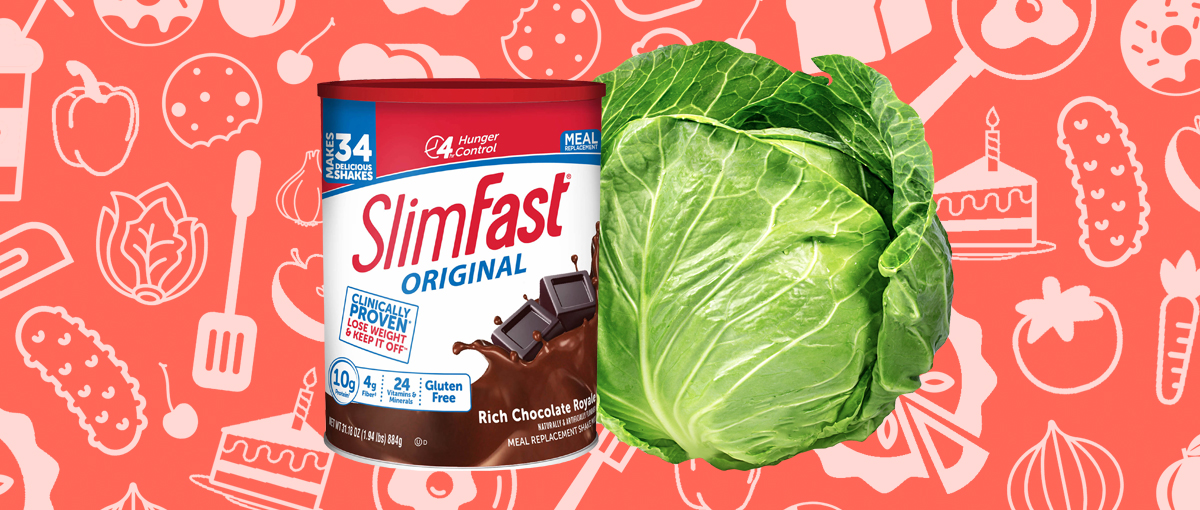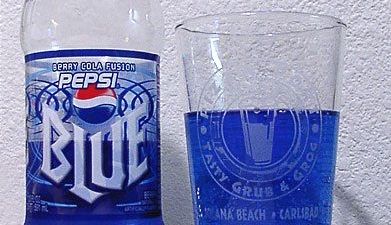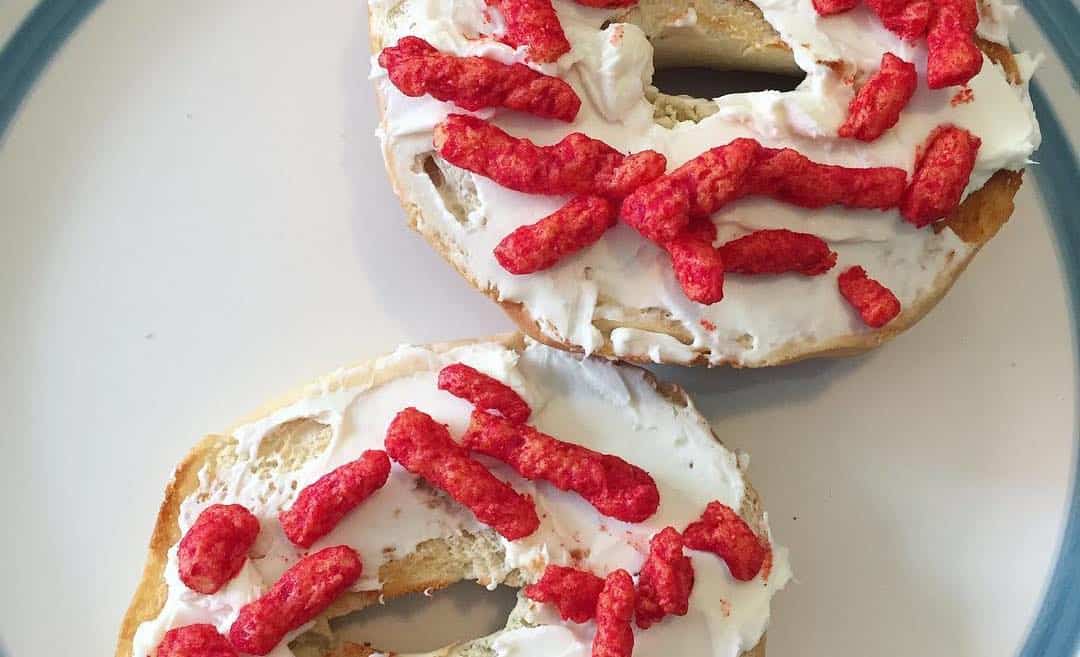You might think of Coca-Cola as just another soda option out there, but the brand is actually pretty iconic and has quite the history. Coca-Cola has been around since the late 1800s, meaning we’ve all been drinking and loving the stuff our entire lives. During that time, the Coke bottles, probably just as iconic as the drink itself, have changed their look a lot.
The very beginning of Coca-Cola was, in fact, pretty humble.
Coca-Cola was created by John S. Pemberton in May of 1886, and was served as a fountain soda drink at Jacob’s Pharmacy. It wasn’t until 1899 that anyone began bottling up the popular drink. That year, the rights to the bottle were sold to two Chattanooga lawyers named Joseph Whitehead and Benjamin Thomas. The two believed they could capitalize on how popular the fountain drink was and sell even more of it in a bottle — and they were obviously right.
This led to some pretty quick growth, propelling the brand into the spotlight.
From then on, the Coke brand grew massively to become what it is today… one of the biggest soda companies out there. The bottle has gone through some design changes, but it remains recognizable and a total classic. Coca-Cola has clearly always known what it’s doing in the soda industry.
So, what did it look like in the beginning?
Interestingly enough, nothing like what it looks like today! The first Coke bottles were described as “straight-sided Hutchinson bottles with a metal stopper.” They were simple glass bottles with a rounded top. Yes, it will definitely make you do a double-take, asking yourself, “Is that really Coca-Cola? Are my eyes deceiving me?”
The first bottle:
.@CocaCola is an #American #softdrink originally intended as a #medicine. The first #Coke bottle was straight-sided. pic.twitter.com/QllL8qJQmd
— US Consulate Karachi (@usconsulatekhi) July 24, 2016
Then, there were changes.
Around 1906 and 1907, the company made the bottles amber-colored. They also added a diamond-shaped label to make them stand out more, and stand out they did. But, we still wouldn’t be able to recognize them when compared to the Coke bottles we’re all used to today. These changes still have us questioning ourselves and everything we know to be true about Coca-Cola.
It really has changed A LOT.

Coca-Cola
More changes!
In 1915, the bottle changed again, as competitors were trying to imitate Coke with bottles that had slight variations compared to the trademarked name. The famous contour bottle prototype was created by Alexander Samuelson and patented by the Root Glass Company. They were going for a bottle that could be recognized when it was broken on the ground, or if it was being touched in the dark.
And they definitely achieved their goal.
Time to embrace refrigeration.
In 1923, as home refrigeration became more common, Coca-Cola developed a new type of bottle: the six-pack bottle carrier that could easily be slid right into the fridge for cooling. The carton might seem old now, but it was a big invention for the time, and was quickly patented. (Also, it makes for a really cute carrying case that we want them to bring back right now.)
More changes, but smaller this time.
Yes, even small changes made a big difference. Inside the carton, the bottles were a bit more slim than they were in 1915. They still had the iconic contour shape, though, keeping with the fact that Coca-Cola wanted to make their packaging iconic and memorable. If you were feeling around in the dark, you’d definitely recognize this guy…
This shows how important branding really is.
Coca Cola Coke bottle Dated DEC 25, 1923 Christmas bottle CLARKSBURG, W. VA. https://t.co/dH9NjIp8rE pic.twitter.com/mCQd0NlhAM
— Terrific Collectible (@TerrificCollec) September 9, 2016
Design really did matter.
And the contour design wasn’t taken lightly. An image from 1937 shows the sketches that went into making the design as sleek as possible. They didn’t just make any old design and throw it into production. A lot of thought went into making Coca-Cola what it was, which would explain why the brand continues to be extremely popular today. Talk about an amazing start!
Then, a different way to drink your Coke came about.
In 1933, the first automated fountain dispenser, called the Dole Master, was introduced at the Chicago World’s Fair. The fair was a place where different nations came together to show off all of their achievements, and clearly, Coca-Cola was one such achievement that needed to be promoted. It’s not a bottle, of course, but it was still a new way to drink Coke!
Different sizes soon became important.
What if you only want a small drink of Coke? Or, what if you’re craving something more substantial to quench your thirst? By 1955, Coca-Cola started to offer different sizes in addition to the standard 6.5-ounce bottles. They offered 10-, 12-, and 16-ounce bottles. They also introduced the very first king-size bottle at 26 ounces.
The king-size bottle was truly fit for a king with a love of soda.
A lot can change in two years.
Two years later, the contour bottles got a bit of an update. In 1957, they were printed with a white label featuring both trademarks, Coca-Cola and Coke (before, the trademark had only been blown in glass lettering on the bottle). This is starting to resemble the Coke bottles we know and love today. The times really were a-changin’!
Soda cans were born.
In 1960, the soda was made even more accessible when 12-ounce aluminum cans were introduced in the United States. This was obviously a big deal, and something we can all relate to. However, these aluminum cans have a more vintage feel to them and look a bit more like they contain canned vegetables.
There were experimental cans as well.
There were also experimental 32-oz cans as well. There weren’t that many, though, as they apparently ceased production when World War II started. According to Coca-Cola, during the war, a “special group of Coca-Cola employees called Technical Observers were asked to fulfill Woodruff’s promise. The ‘TOs’ supervised the shipment and operation of 64 complete bottling plants that distributed over 5 billion bottles of Coca-Cola to servicemen and women.” You read that correctly — 5 billion bottles!
Time to bring in the plastic.
In 1978, the plastic bottle was introduced with the two liter PET (polyethylene terephthalate) bottle. It was a lot easier to manage than the glass bottle because it didn’t break, it was resealable, and it was much more lightweight. (Also, it sounds a lot safer. Picking up broken glass is always a dangerous task.) It was also recyclable, which is definitely a bonus.
On September 21, 1978 Coca Cola introduced the world to the 2 liter PET plastic coke bottle. pic.twitter.com/ARd6b8RoVx
— GrubAmericana (@GrubAmericana) September 21, 2018
1993 was a big year.
The company showed off their first 20-ounce PET contour bottle in 1993. The shape was supposed to distinguish it from other plastic bottles, just like the first contour glass bottle back in 1915. And clearly, it did just that, making Coca-Cola stand out from the crowd of soda competitors.
Coca-Cola did their own thing, and it definitely worked in their favor.

Coca-Cola
No more broken bottles!
In 2000, they came out with the ultra-glass contour bottle. It was designed to be lighter and have better impact resistance, so it didn’t break as easily. I mean, we all know how devastating it can be to shatter our favorite drink on the ground — so we appreciate that Coca-Cola made strides to prevent this from happening to their customers.
We all love a company that cares.
The aluminum paved the way for what we know today.
By 2005, they had created aluminum contour bottles as well. These looked like the glass and plastic contour bottles, but were uniquely aluminum. Announcing the change, Coca-Cola writes, “In 2005, and with continued R&D support, the Coca-Cola glass bottle loaned its signature curves to a modern interpretation featuring a new packaging material.”
The story behind Coke's innovative aluminum bottle revealed... https://t.co/SnnVeGTmwn #CokeBottle100 pic.twitter.com/UsveGHxVnw
— The Coca-Cola Co. (@CocaColaCo) November 4, 2015
It’s time to take care of Mother Earth.
In 2009, things got more planet-friendly with the “plant bottle.” It was 100% recyclable and was made with up to 30% renewable, plant-based material. In 2015, Coca-Cola revealed, “Since 2009, Coca-Cola has distributed more than 35 billion bottles in nearly 40 countries using its current version of PlantBottle packaging,” adding that this has helped prevent 315,000 metric tons of carbon dioxide from going into the atmosphere.
More things like this, please!
#Coke launches new bottle made entirely from plant materials http://t.co/lzYqX7GckG #Local6 pic.twitter.com/GUTpRGysk0
— News 6 WKMG (@news6wkmg) June 5, 2015
Years later, things got personal. Around 2014, Coke introduced bottles with names on them, so they could be shared with friends. How many of you always checked to make sure they had your name available? They brought this “Share a Coke” campaign back in 2017, but with more names and flavors than before. So if you didn’t find your moniker the first time around, hopefully you were able to snag it back in 2017!
Who knows where the Coke bottle will go from here?
Of course, it’s always going to retain its iconic shape, but maybe they’ll come up with even more innovations. We don’t doubt it.








